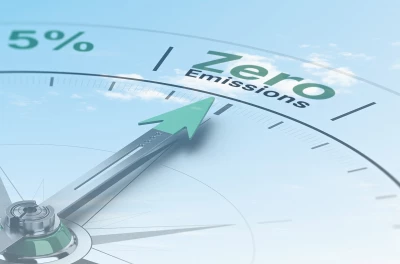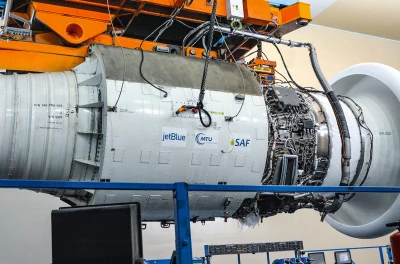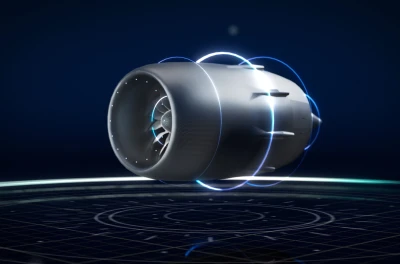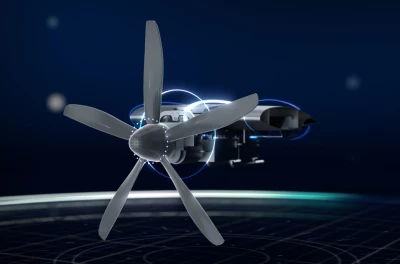innovation
Claire technology agenda: Three stages toward emissions-free flight
Claire, which stands for Clean Air Engine, is MTU’s technology agenda. In it, the company lays out potential solutions, concepts and time horizons for sustainable commercial aviation. It is thus once again living up to its reputation as a technology pacesetter.
06.2022 | author: Nicole Geffert | 3 mins reading time
author:
Nicole Geffert
has been working as a freelance journalist covering topics such as research and science, money and taxes, and education and careers since 1999.
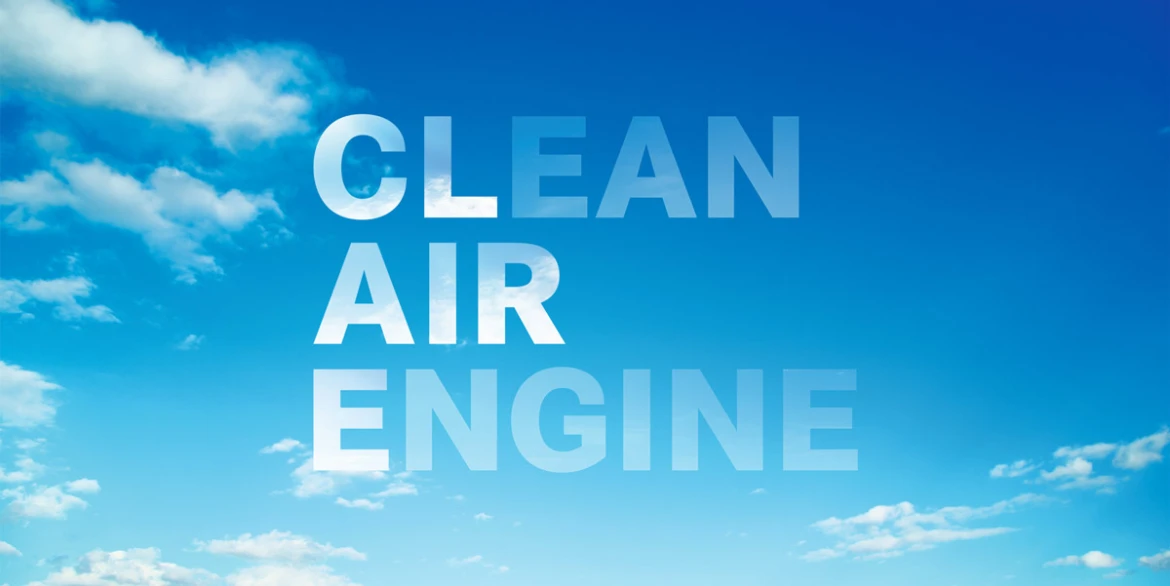
Emissions-free flight is the overall goal and the vision of MTU. It is guided by the Paris Agreement’s target of limiting global warming to, ideally, an increase of 1.5 degrees Celsius compared to preindustrial levels. In the past, aviation industry targets focused exclusively on CO2 emissions. In the future, the climate impact of nitrogen oxide (NOx) emissions and contrails will also play a role. Taken together, these effects constitute the climate impact of aviation.
Right now, the key players in the aviation industry are facing major challenges. In order to reduce the climate impact of aviation, they need to make further improvements to existing aircraft and engines. This can take the shape of, for example, increased efficiency and further weight reductions. Meanwhile, science, research and industry are already working on new and revolutionary concepts that could drastically reduce the climate impact of aviation. At the same time, the introduction of climate-friendly flight routes and fuel-saving approach procedures should help make air travel “greener” in the future. New energy sources, such as sustainable fuels and hydrogen, will have a key role to play as well. Overall, the focus is increasingly shifting to the total lifecycle of an aircraft—from development and production to operation, maintenance and decommissioning. All of these aspects now feed into a thorough assessment of the air transport system. “This gives us a holistic analysis of how aviation, in all its facets, impacts the environment and, in particular, the climate,” writes the German Aerospace Center (DLR) in its strategy paper “The route to emissions-free aviation.”
New engine technologies from MTU
With its Clean Air Engine (Claire) technology agenda, MTU is working hard to reduce the fuel consumption and climate impact of aircraft engines over a total of three stages. Claire was launched in response to global climate goals and the need to reduce aviation’s climate impact. The solutions and concepts elaborated in this agenda push boldly beyond existing technology in order to provide pioneering answers and exploit new potential.
A key element of this program is an evolutionary enhancement of the gas turbine engine based on the geared turbofan (GTF) and combined with revolutionary propulsion concepts. Here, MTU favors the water-enhanced turbofan (WET), which reduces both CO2 and NOx emissions and also significantly restricts the formation of contrails. The revolutionary concepts to emerge from MTU also include an electric propulsion system: the Flying Fuel Cell™ (FFC). In the long term, this hydrogen-powered fuel cell has the potential to deliver virtually emissions-free flight.
For MTU, one thing is clear: in light of the Paris Agreement, any developments designed to deliver climate-neutral flight will need to be market-ready well before 2050. The company has therefore stepped up its work on revolutionary propulsion concepts, in partnership with players from industry, science and research. In parallel, MTU is working to enhance existing propulsion systems, such as the highly efficient geared turbofan, and to couple these with sustainable fuels so as to achieve a significant reduction in the climate impact of aviation as quickly as possible.


